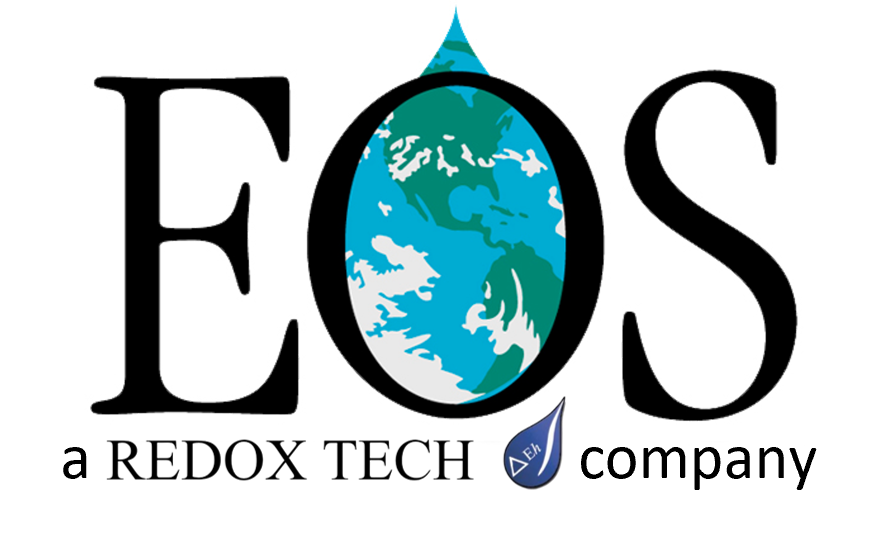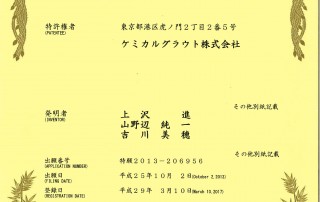See Robert C. Borden Presenting Short-Course at RemTech Expo International Register for Free Below
Click Here to Register! Robert C. Borden, PE, PhD will present a short course at RemTech Expo Friday September 25, 2020. Dr. Borden will be presenting on Anaerobic Bioremediation from 11:00 am - 1:00 pm EDT. Dr. Borden will cover contaminants treated with an in depth explanation on how to improve your site's performance when using enhanced bioremediation. Dr. Borden [...]
Sulfide production during ERD – Is it a problem?
Tech Tip During enhanced reductive dechlorination (ERD), naturally occurring sulfate (SO4 2-) is reduced to hydrogen sulfide (H2S). High concentrations of H2S can inhibit reductive dechlorination, reducing remediation efficacy (Hoelen and Reinhard, 2004). Sung (2005) found that 64 mg/L total sulfide inhibited growth of Desulfuromonas michiganensis strain BB1, Sulfurospirillum multivorans, Desulfitobacterium sp. strain Viet1, and [...]
Prevent Stagnation Zones during Injection to Improve Contact Efficiency
Tech Tip When injecting into multiple wells simultaneously, stagnation zones can develop preventing effective reagent delivery. Figure 1 shows the simulated EOS Pro distribution in a homogeneous aquifer when EOS Pro is injected into all the wells in a biobarrier at the same time. Simultaneous injection creates gaps in the biobarrier where converging streamlines prevent effective distribution. [...]
Estimating Base Requirements for Enhanced Reductive Dechlorination
Tech Tip Alkaline materials including hydroxides and carbonates are commonly added during enhanced reductive dechlorination (ERD) to maintain ph greater than 6. Our recent tech tip described a simplified approach for estimating the amount of base required to raise the aquifer pH to an appropriate level and maintain it at that level for the duration of active treatment. [...]
Emulsion Design Tool Kit from SERDP ESTCP
Tech Tip In the January Tech Tip we discussed the positive impact efficient injection well spacing can have on project costs. The DoD's Environmental Research Programs, SERDP and ESTCP, have provided an Emulsion Design Tool Kit to help identify the lowest cost well spacing for a project based on various project factors. Using the Emulsion [...]
BioJet Certificate of Patent in Japan
Congratulations, Chemical Grouting Co., Ltd.! EOS Remediation LLC received a very welcomed letter from Chemical Grouting Co., Ltd. (CGC) this week. The Japanese Patent Office issued a Certificate of Patent recognizing BioJet Technology as unique and technically excellent.

